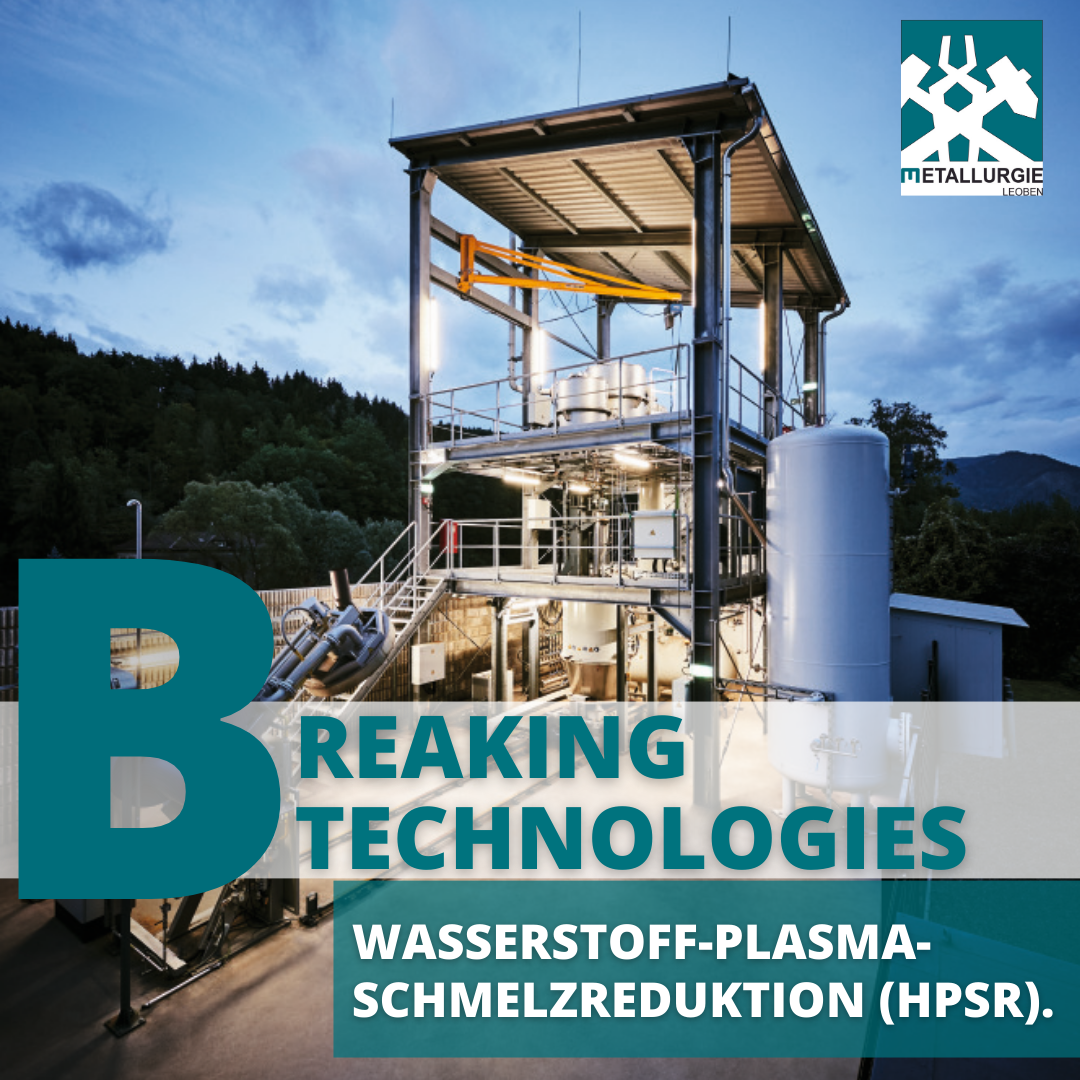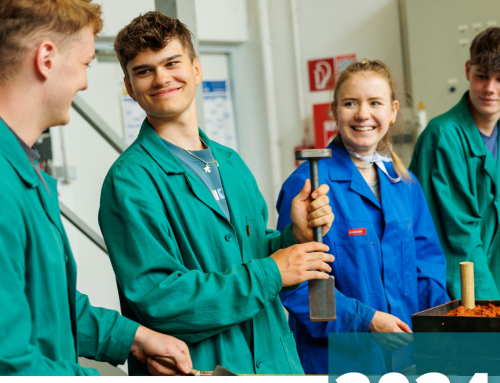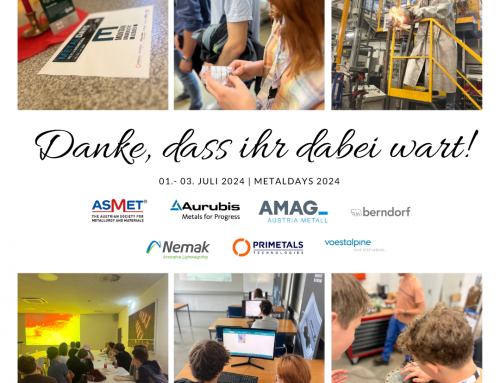The steel industry plays a vital role in the transition to a green economy. Steel is an essential building material for renewable energy infrastructure, including wind turbines, solar panels, and electric vehicles. Moreover, steel is also used in the construction of green buildings and sustainable infrastructure projects.
However, traditional steel production processes are carbon-intensive and contribute significantly to greenhouse gas emissions. To address this issue, the steel industry has started to explore cleaner and more sustainable production methods, such as using renewable energy sources and carbon capture technologies. Also, the steel industry is also focusing on recycling and reuse of steel products. By recycling steel, the industry can reduce the need for virgin raw materials, conserve energy, and lower greenhouse gas emissions. In fact, the recycling of steel saves 74% of the energy required to produce new steel, which significantly reduces carbon emissions.
Another approach is the development and implementation of so called breakthrough technologies. One of those key technologies to achieve the necessary GHG reduction is Hydrogen Plasma Smelting Reduction (HPSR). In this process, a plasma arc is ignited between a hollow graphite electrode (cathode) and the melted pool (anode). Iron ore fines, hydrogen, and argon are introduced via the electrode into the reduction zone during this procedure. The charged ore is melted inflight and reduced to metallic iron with excited and ionized hydrogen species producing steam as a by-product.
Overall, the steel industry has a critical role to play in the transition to a green economy. By adopting sustainable production methods and promoting recycling, the industry can contribute to reducing greenhouse gas emissions and mitigating climate change.
Dr. mont. Michael Zarl
Senior Project Manager






